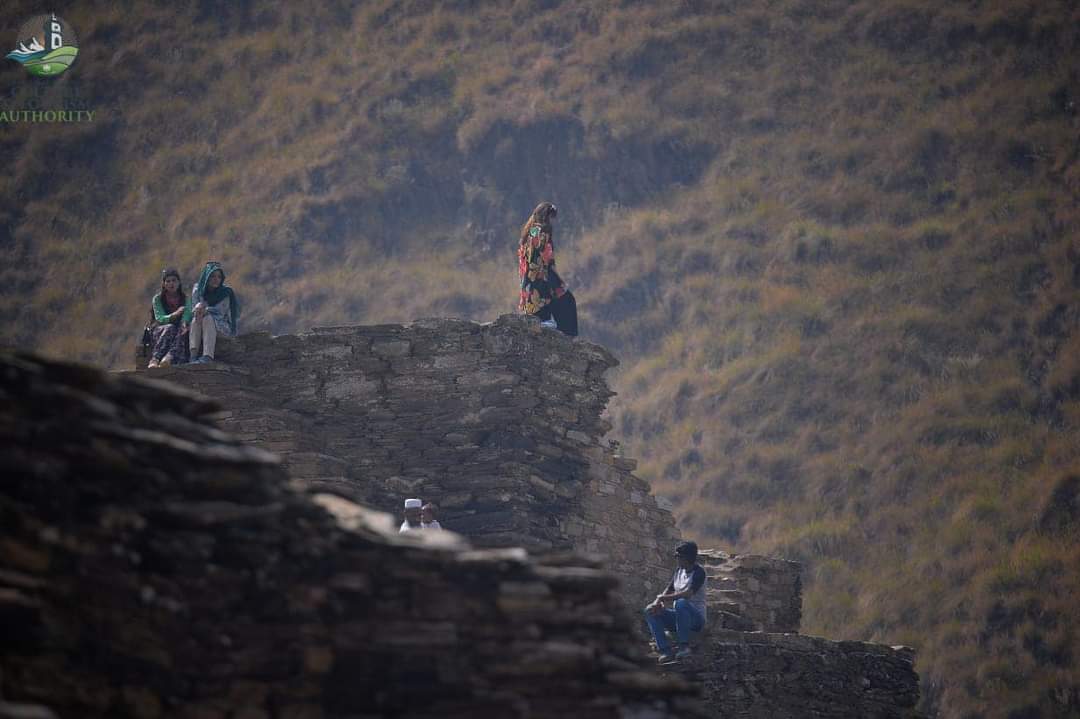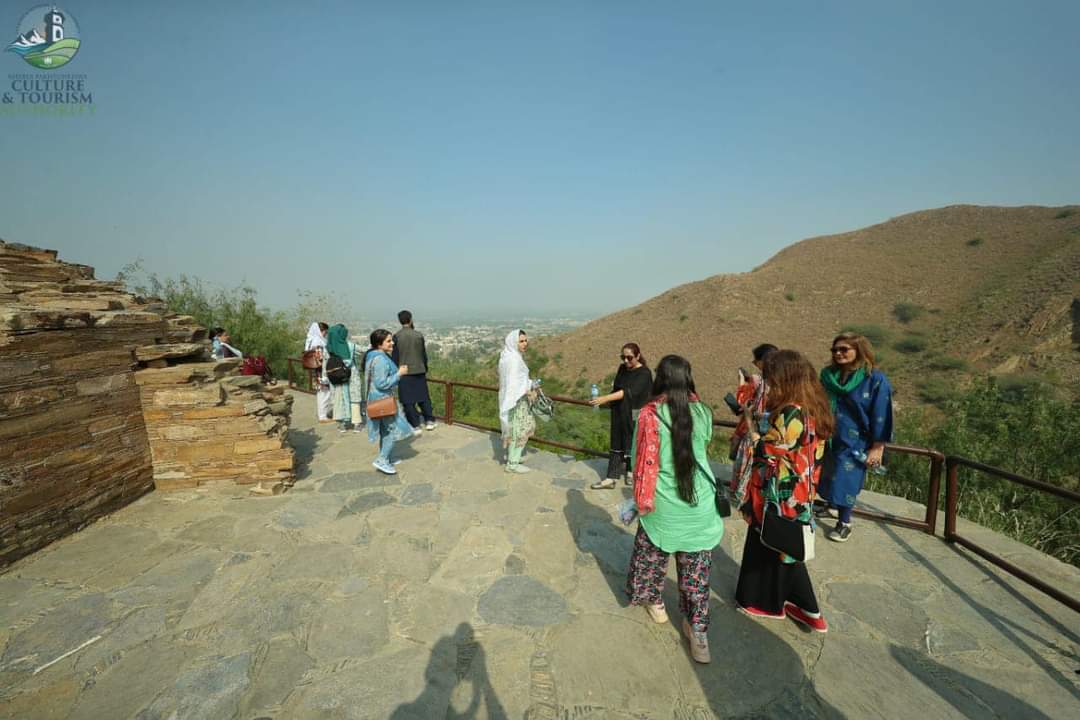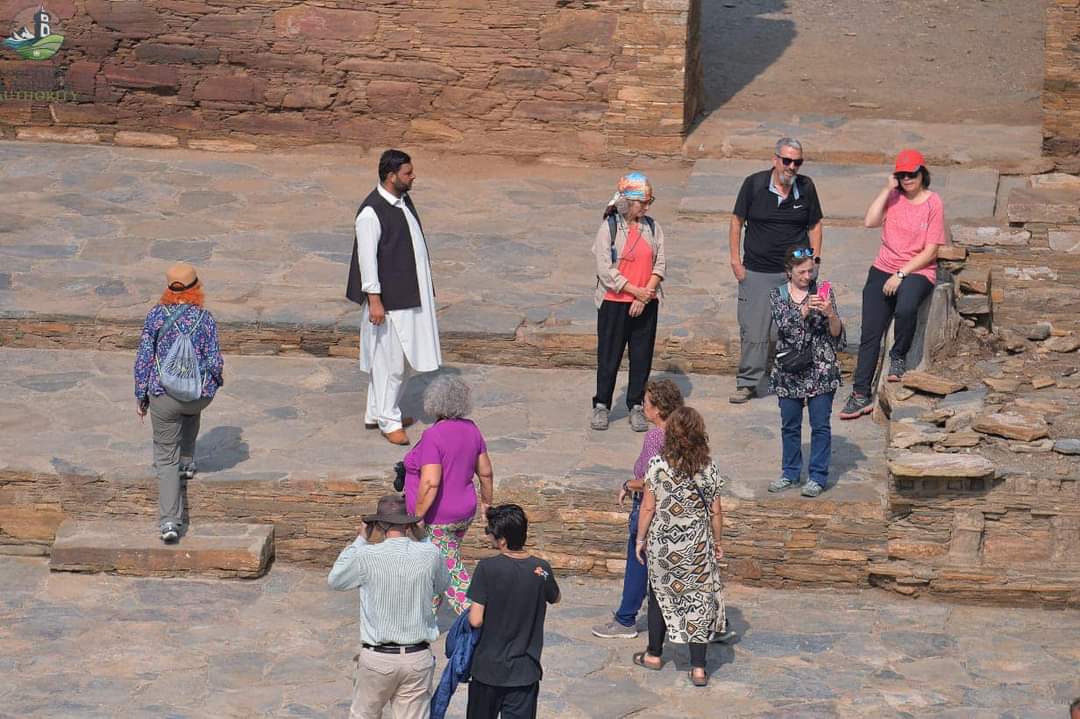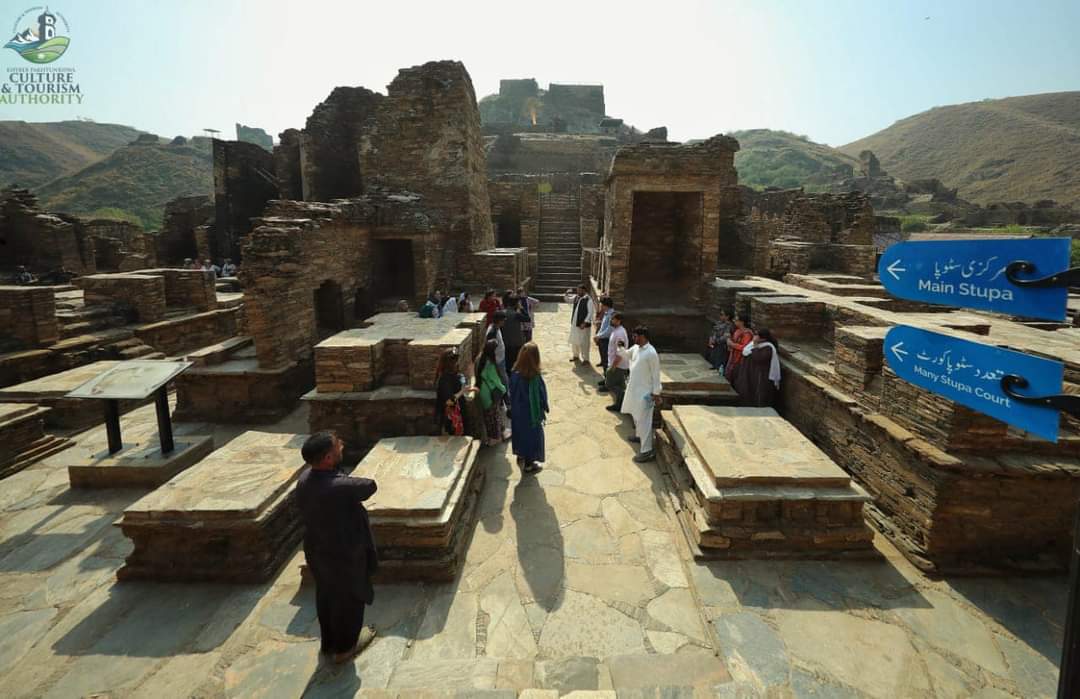
Seema Saba
I am an adventurous soul, and I love taking thrilling adventures. It all brings me excitement and the courage to explore the places around me. I want to encourage others to step out of their comfort zones, embrace new experiences, and discover the wonders of the world. Through this blog, I want to spread the adventurous spirit and plan some exciting adventures for them to discover the world, as the world is waiting for us and we are leading the way.
It's true that many people have a deep love for travel and adventure but may not always have the opportunities to fulfill their dreams. Here I am sharing an exciting and beneficial opportunity with my readers to make their travel dreams come true. By taking advantage of this opportunity, they can explore their dream destinations at a minimal cost while enjoying luxurious transportation facilities. It is indeed a wonderful way to make travel more accessible and enjoyable for everyone.
The Khyber Pakhtunkhwa Culture and Tourism Authority (KPCTA) is a government organization and is dedicated to developing the potential of Khyber Pakhtunkhwa's rich cultural heritage and promoting tourism in the region. The KPCTA is doing an incredible job in promoting and preserving the rich cultural heritage and natural beauty of the region. Their efforts have made Khyber Pakhtunkhwa (KP) a must-visit destination for travelers seeking to explore the vibrant traditions, breathtaking landscapes, and warm hospitality of the people of this province. Thumbs up to the authority for their amazing work in showcasing the true essence of KP and providing numerous opportunities to the citizens of Peshawar.
Also Read: Tragic Accident Claims Lives in Dir Upper Area
The people of Peshawar are truly fortunate to have the opportunity to witness the beauty of their city and uncover its hidden gems. From historic landmarks like the Peshawar Museum and Qissa Khwani Bazaar, Fort Balensar, to the stunning natural landscapes of the Khyber Pass and Shahi Bagh, there is so much to explore and appreciate in Peshawar. It's a city filled with rich history, vibrant culture, and warm-hearted people. Peshawar is a treasure trove waiting to be discovered.
In this blog, I am excited to share my wonderful experience of traveling with the KPCTA. This is my second trip with them! My first experience was on a trip they organized for our institution to the breathtaking Umbrella Waterfall, and it was completely free of cost. I truly appreciate their incredible efforts in providing well-facilitated buses, comfortable seating, and comprehensive event coverage. It was a perfect trip indeed.

KPTCA arranges a tour of the Buddhist Complex in Takh Bhai on Sunday, 15th of October. Around 25 tourists, including over 15 females, males, and families, were taken to Mardan to visit the archaeological site of the Buddhist Complex in Takh Bhai. The KPTCA organized a trip for foreigners to visit the same location on the same day. It was wonderful to see people from different countries exploring the beauty of the Buddhist Complex in Takhbhai.
After refreshing the at Takh Bhai spot, we made our way to explore the remnants of the Gandhara Civilization. Before ascending the stairs, the archaeology department's conservator briefed us about the significance of this site and the remains of the Gandhara Civilization. It's mind-blowing to know that it's the oldest human civilization in the world. The guide let us know that we had to climb 300 stairs to reach the mountaintop. They also kept us informed about important details along the way. The view of the mountains and the city from the stairs was mesmerizing. Climbing those long and thick stairs was quite a challenge, but it was also a thrilling and enjoyable experience.
The most astonishing part of the trip was watching the foreigners, who were all in their old age. It was quite amusing to see those foreigners effortlessly climbing the stairs without stopping or getting exhausted like we did. We were huffing and puffing on almost every end of every staircase. It added a funny twist to the trip. We had a group of them from France and Spain. It was mind-blowing to witness the incredible stamina and energy of those foreigners! It was truly shocking in the best way possible.

When we finally reached the top of the mountain, we were able to see the remains of the Buddhist complex. The grand building had a long dining room, a big kitchen, court stupas, and meditation cells. It's fascinating how the architecture incorporated both interior and exterior design elements, similar to modern houses. And having a big hall inside for preaching or teaching, the basement with those gloomy and dark meditation cells has stood the test of time. The durable materials and concrete used back then have kept the houses in almost the same condition, even after more than two centuries have passed. It's truly a testament to the craftsmanship of that era.
The guide let us know that the idols, artifacts, and other tools have been moved to museums in Peshawar, Lahore, and even England for display. Amazingly, these precious items are being preserved and shared with people around the world.
The buildings of the ancient civilization had a majestic appearance, featuring various spaces such as balconies, lobbies, and areas for worship. It's fascinating how they also incorporated accommodations that allowed people to stay close to nature.

According to the guide, only 30% of the area has been excavated, while the remaining 70% is still covered with remnants. Efforts are underway to begin excavating that area. It's exciting to think about the potential discoveries that lie hidden beneath the surface. Moreover, the government of KP is giving top priority to the repair, renovation, and preservation of archeological heritage and historical buildings in the province.
The KPCTA deserves immense recognition and appreciation for its efforts in promoting tourism and educating citizens about the religious, cultural, and archaeological sites, heritage, and history of the region. They enable people to understand the significance of the past glory of the region and its people. It's truly remarkable how they bring the rich history to life.
Teaching history to students and visiting Takhbhai is like stepping into the lives of those ancient people of the Gandhara Civilization, who pioneered one of the earliest human civilizations. It's an incredible opportunity to connect with our roots and understand the remarkable journey of our ancestors.